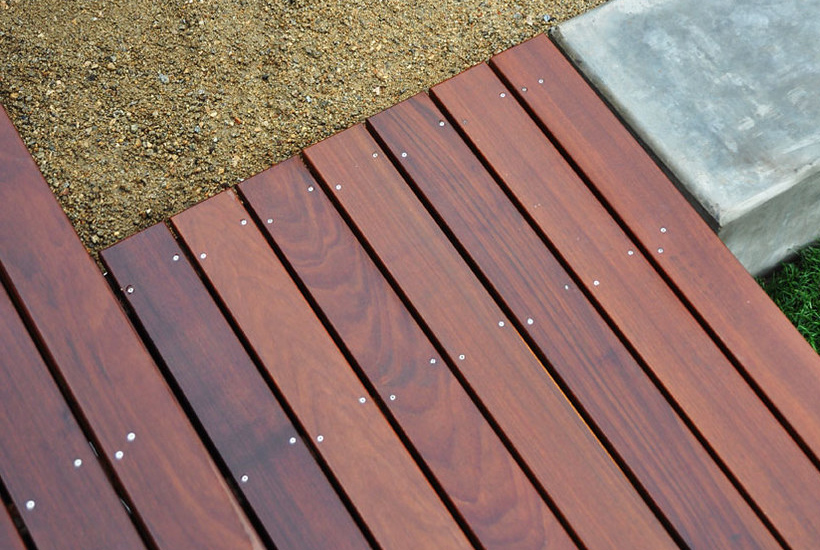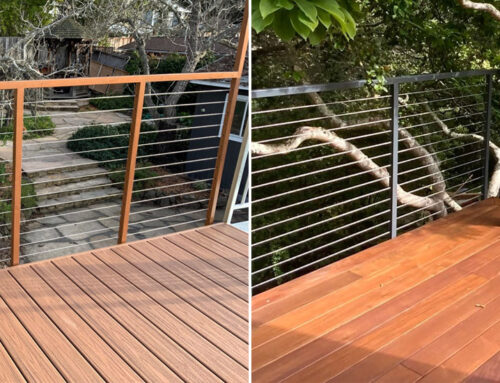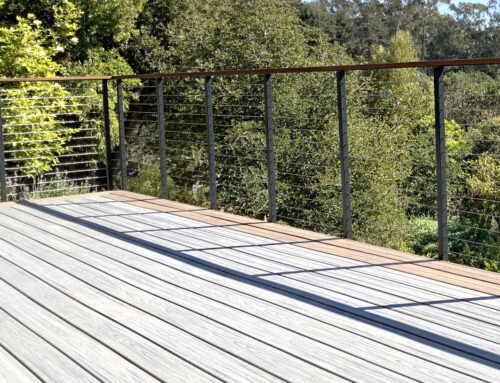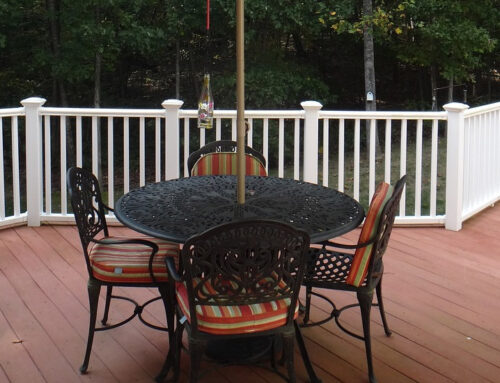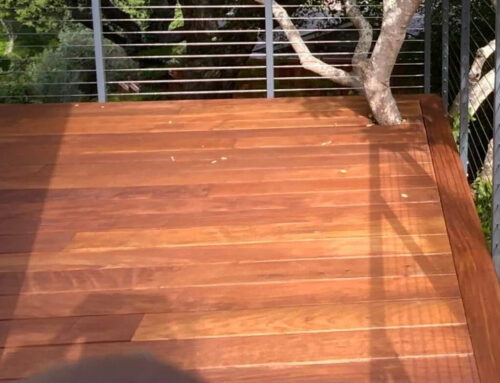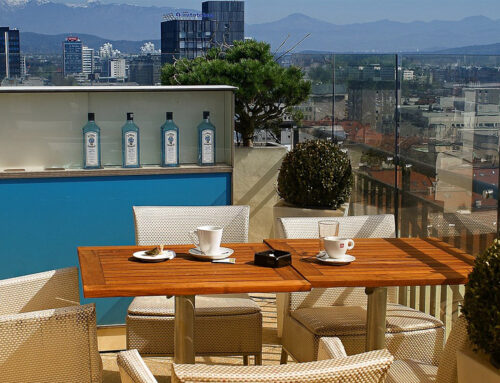Whether you are installing a new deck from scratch, or want to bring your old deck into the current year, deciding on the right material for your deck can be an important step. Two extremely common options to consider are IPE and Cumaru. While both offer a range of pros and cons, one option may fit into your plans better than the other.
About Ipe Decking
Arguably one of the best options for exterior decks, Ipe has been used on a wide range of decks where durability, stability, and resistance to pressure damage is important. Ipe is a stunning looking lumber that offers a bold red-brown coloration perfect for forest lodges, cabins, rustic homes, or any building where a bold and eye-catching aesthetic is needed.
Grown throughout Central and South America, Ipe is an exotic hardwood that is highly sought after as a commercial lumber throughout the world. While this wood is not as environmentally friendly as other options, nor is it a full sustainable wood option, it can be a wonderful lumber to choose for special exterior installation projects at your home or business.
Ipe lumber can be found as both kiln dried and air dried options depending on your needs and the timeline of your project. Kiln dried Ipe takes less time to prepare than air dried options, but can also add to the overall carbon footprint of the wood which may be important to anyone looking for an environmentally conscious wood.
About Cumaru Decking
As a common alternative to Ipe, Cumaru is an exotic hardwood lumber found in the same growing regions as Ipe. Commonly known as Brazilian Teak, Cumaru can be found in both light, also known as standard, and dark, or red, color options to suit your needs. Both colorations do exceptionally well for both exterior and interior installation, and can offer a similar level of durability when compared to Ipe.
Like Ipe, Cumaru is available as both kiln dried and air dried lumber, however most Cumaru sourced today is kiln dried to ensure it is properly prepared for use as an exterior decking option, even in tropical or high humidity areas.
While both Cumaru and Ipe come from the same growing areas and are often sourced by the same lumber companies, Cumaru is a much less used lumber on the market reaching less than 10% of the annual distribution levels as Ipe. Unlike Ipe, Cumaru is a much more popular option for indoor flooring and offers a stunning grain texture and color.
Quick Comparisons
Ipe comes out slightly ahead of Cumaru in durability and crush strength which is important for decking that will be supporting a large amount of weight or people. Ipe also constantly rates better than Cumaru when moisture shrinkage is compared. This is an important factor to consider in areas where climate change is drastic throughout the year. However, while Ipe shines above Cumaru, it falls behind both California Redwood and Western Red Cedar in this category.


